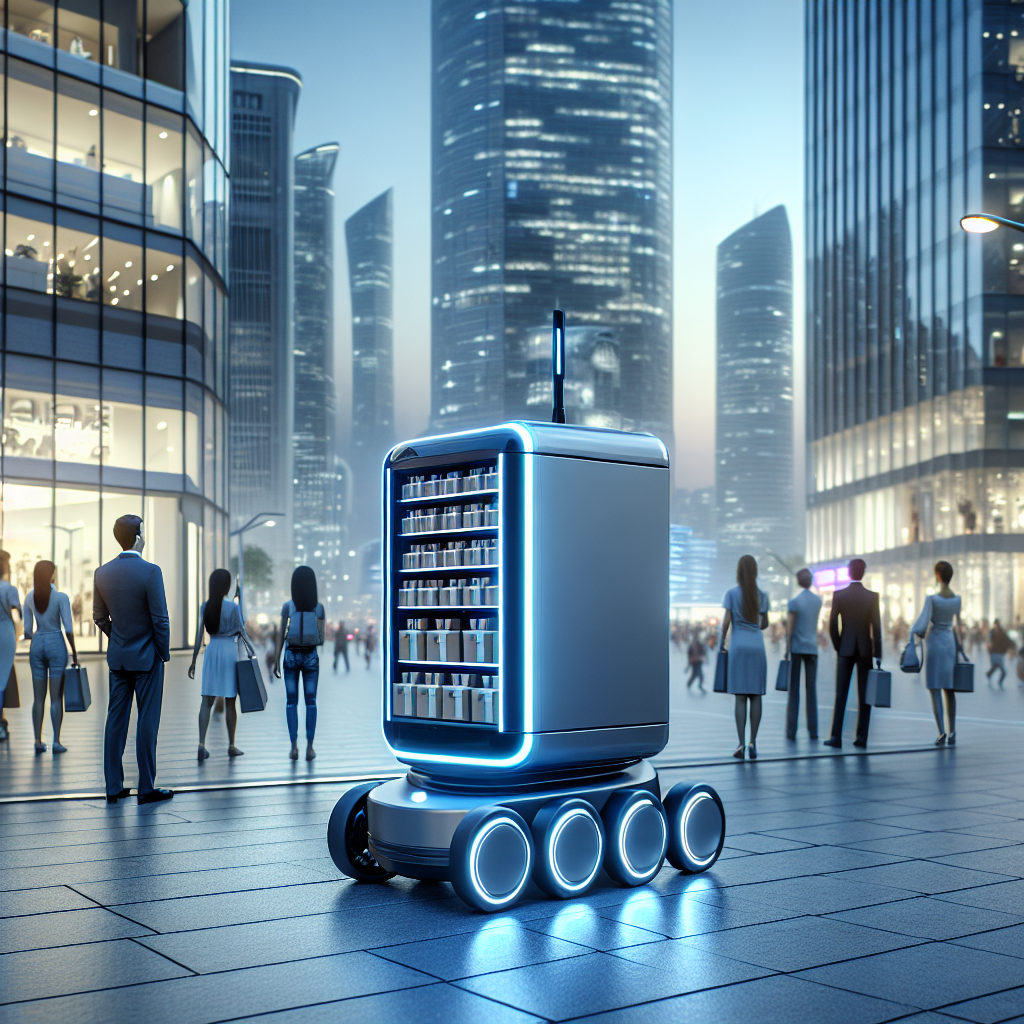Autonomous delivery robots are no longer a concept confined to the pages of science fiction. They are rapidly becoming a reality, transforming the way goods are transported from point A to point B. With advancements in artificial intelligence, sensor technology, and robotics, these autonomous machines are poised to revolutionize the logistics and delivery sectors.
What Are Autonomous Delivery Robots?
Autonomous delivery robots are self-operating machines designed to transport goods without human intervention. These robots are equipped with advanced sensors, cameras, and GPS systems that enable them to navigate through urban and rural environments, avoid obstacles, and deliver packages safely to their destinations.
Key Features
- AI and Machine Learning: Utilize artificial intelligence to make real-time decisions and improve delivery efficiency.
- Advanced Sensors: Equipped with LiDAR, ultrasonic sensors, and cameras for precision navigation and obstacle avoidance.
- GPS and Mapping: Use GPS technology and sophisticated mapping algorithms to plot the most efficient delivery routes.
- Remote Monitoring: Can be monitored and controlled remotely, ensuring the safety and reliability of deliveries.
Applications of Autonomous Delivery Robots
The applications of autonomous delivery robots are vast and varied. Here are some of the key areas where these robots are making a significant impact:
1. E-commerce Deliveries
With the exponential growth of e-commerce, the demand for efficient and timely deliveries has surged. Autonomous delivery robots can handle last-mile deliveries, reducing the reliance on human couriers and minimizing delivery times.
2. Food Delivery
Food delivery services are increasingly using autonomous robots to deliver meals to customers. These robots maintain the temperature of food, ensuring it arrives fresh and hot.
3. Healthcare
In the healthcare sector, robots are used to deliver medications, medical supplies, and even meals to patients within hospitals and nursing homes, enhancing operational efficiency and patient care.
4. Retail
Retailers are leveraging autonomous robots for inventory management, restocking shelves, and delivering goods to customers within the store premises.
5. Industrial Logistics
Factories and warehouses employ autonomous robots to transport raw materials and finished products within their facilities, streamlining operations and reducing labor costs.
Benefits of Autonomous Delivery Robots
The adoption of autonomous delivery robots offers a multitude of benefits:
- Cost Efficiency: Reduces labor costs associated with human couriers and delivery personnel.
- 24/7 Operation: Capable of operating around the clock, ensuring faster delivery times and increased customer satisfaction.
- Reduced Emissions: Many autonomous robots are electric-powered, contributing to lower carbon emissions and environmental sustainability.
- Safety: Decreases the risk of accidents and injuries associated with human delivery drivers.
- Scalability: Easily scalable to meet the growing demand for deliveries in urban and suburban areas.
Challenges Facing Autonomous Delivery Robots
Despite their numerous advantages, autonomous delivery robots face several challenges:
Regulatory Hurdles
Regulations governing the operation of autonomous robots vary widely across regions. Navigating these regulatory landscapes and obtaining necessary permits can be complex and time-consuming.
Technical Limitations
While technology has advanced, there are still technical limitations related to battery life, payload capacity, and navigation accuracy that need to be addressed.
Public Acceptance
Gaining the trust and acceptance of the public is crucial for the widespread adoption of autonomous delivery robots. Addressing concerns about privacy, security, and job displacement is essential.
Infrastructure
Urban infrastructure needs to adapt to accommodate the safe and efficient operation of autonomous delivery robots. This includes dedicated lanes, charging stations, and drop-off points.
The Future Outlook
The future of autonomous delivery robots looks promising. Continuous advancements in AI, sensor technology, and robotics will lead to more sophisticated and reliable delivery solutions. Here are some trends to watch for in the coming years:
1. Increased Automation
Automation will extend beyond deliveries to include sorting and packaging, further streamlining the logistics chain.
2. Enhanced AI Capabilities
Improved AI algorithms will enhance the decision-making capabilities and efficiency of autonomous robots, making them more adaptable to various environments.
3. Collaboration with Drones
Collaboration between ground-based robots and aerial drones will enable a more comprehensive and versatile delivery network.
4. Integration with Smart Cities
Integration with smart city infrastructure will ensure seamless operation and maximized efficiency of autonomous delivery robots.
5. Customization and Personalization
Robots will become more customizable, catering to specific industry needs and providing personalized delivery options for end-users.
Conclusion
The evolution of autonomous delivery robots is set to transform the logistics and delivery landscape. As technology continues to advance and overcome existing challenges, these robots will play an increasingly vital role in our day-to-day lives. From e-commerce and food delivery to healthcare and industrial logistics, autonomous delivery robots offer a glimpse into a future where efficiency, innovation, and sustainability go hand in hand.

